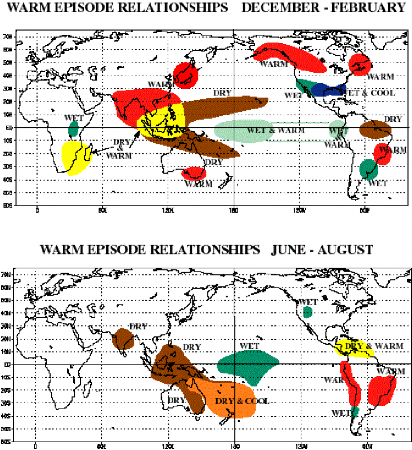Figure 2 – Normal Pacific pattern: Equatorial winds gather warm water pool toward the west.
Cold water upwells along South American coast.
1.1. El Niño – Southern Oscillation (ENSO)
ENSO consists of two components. The first, mainly oceanic, is known as El Niño. The second, mainly atmospheric, component of ENSO has been described as the Southern Oscillation. We already know that El Niño is the unusual warm oceanic water at pacific coast of South America.
Major El Niño events are intimately related to large-scale atmospheric circulation. Each time an El Niño occurs, the barometric pressure drops over large portions of the south-eastern Pacific, whereas in the western Pacific, near Indonesia and northern Australia, the pressure rises. Then, as a major El Niño event comes to an end, the atmospheric pressure difference between these two regions swings back in the opposite direction. This see-saw pattern of atmospheric pressure between the eastern and western Pacific is known as the "Southern Oscillation".
The strength of the Southern Oscillation is measured by the Southern Oscillation Index (SOI). The SOI is computed from fluctuations in the surface air pressure difference between Tahiti, French Polynesia and Darwin, Australia. El Niño episodes are associated with negative values of the SOI, meaning there is below normal pressure over Tahiti and above normal pressure of Darwin.
ENSO appears to be a necessary mechanism for maintaining long-term global climate stability by transporting heat from the Tropics to the higher latitudes.
Effects of EL NINO/ENSO
♤ The abnormally strong winds originating from the west push masses of warm surface water from the equatorial region against the South-American coast, and are ultimately deflected towards Mexico, Peru, and Ecuador, creating an area of warm water thousands of
kilometers in length. The sun warms the surface layer still further, thus enhancing the effect. The thermocline2 falls, and along with it the pool of nutrient rich water.
♤ In an immediate effect, this warm blob of water blocks off the upwelling of colder along South American coast, nutrient rich water driving anchovies fish into starvation. These fish do no longer support large population of fish-feeding birds, whose droppings (guano) are mined for fertilizer. With the disappearance of anchovies and other marine organisms, predators like seabirds, further up the food-chain, experience a drastic decline in nutritional resources.
♤ In a long-lasting ENSO event, the dissolved seawater oxygen content becomes depleted. This favours production of foul-smelling hydrogen-sulfide and other gases, blackening the "lead paint" on ships and producing other discoloring effects
♤ During El Nino, some inland areas of South America that are normally arid receive an uncommon abundance of rain. Here pastures and cotton fields have yields far above the norm.
♤ Most important aspect of an ENSO event is the change in the precipitation patterns over the globe (Figure 3).

